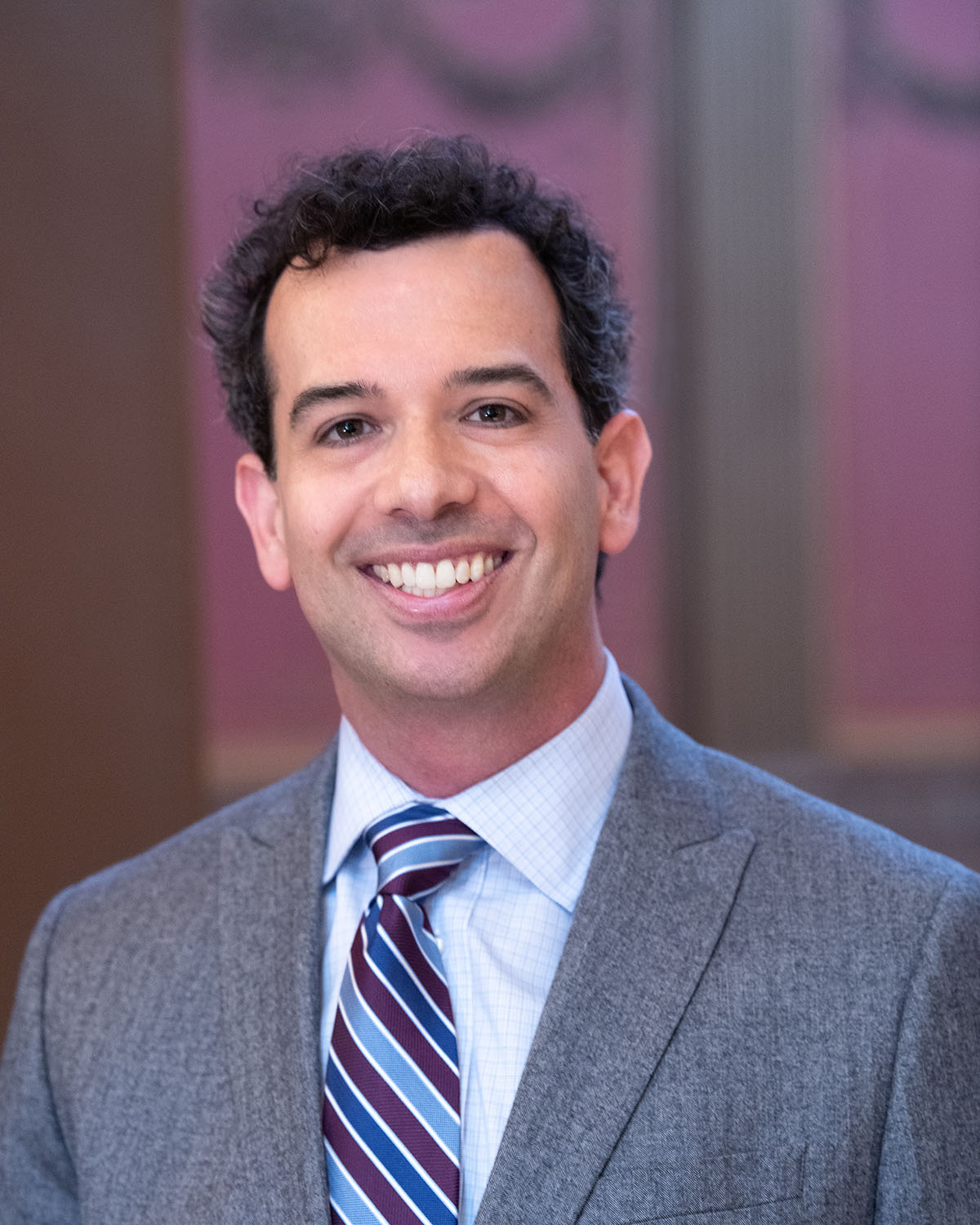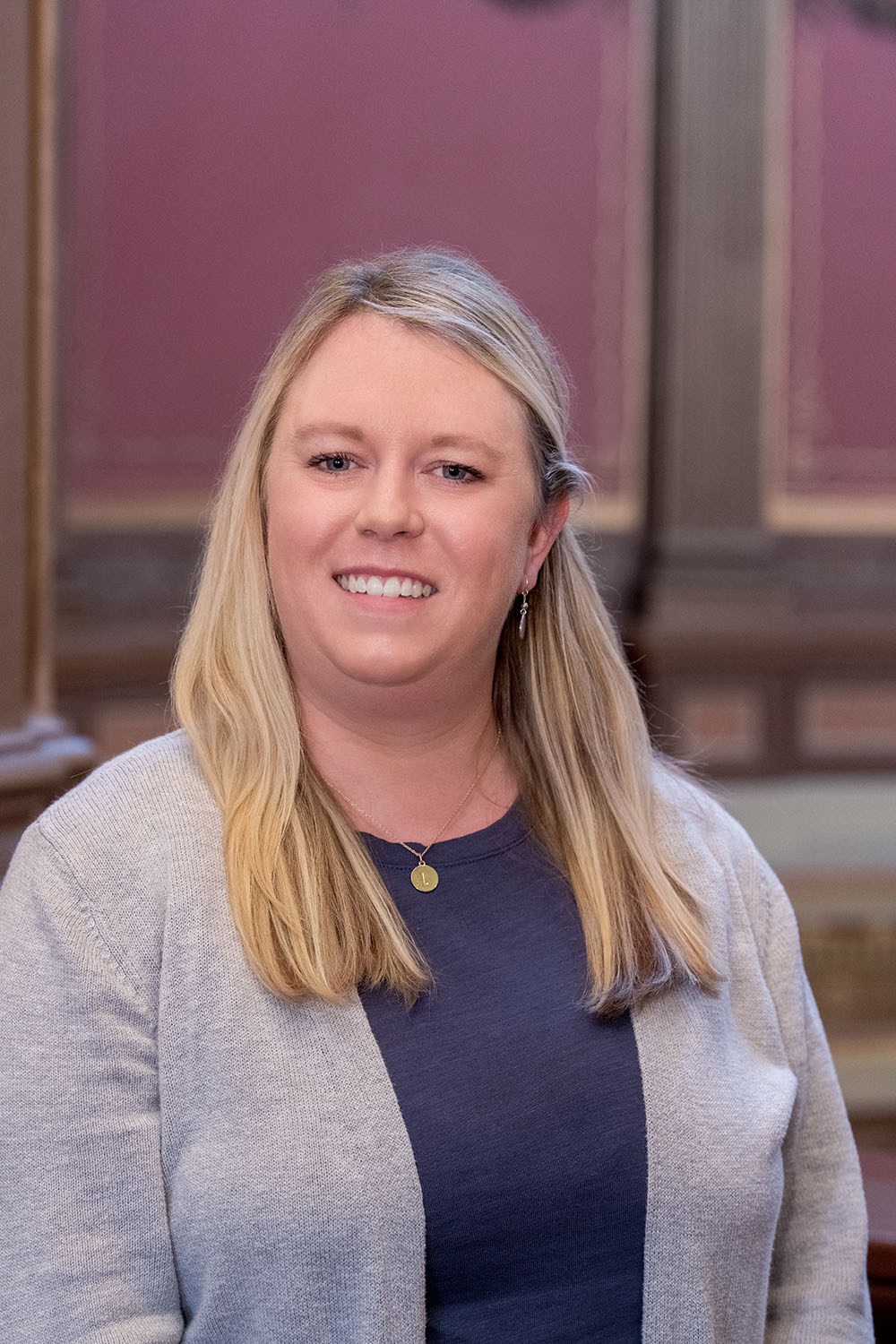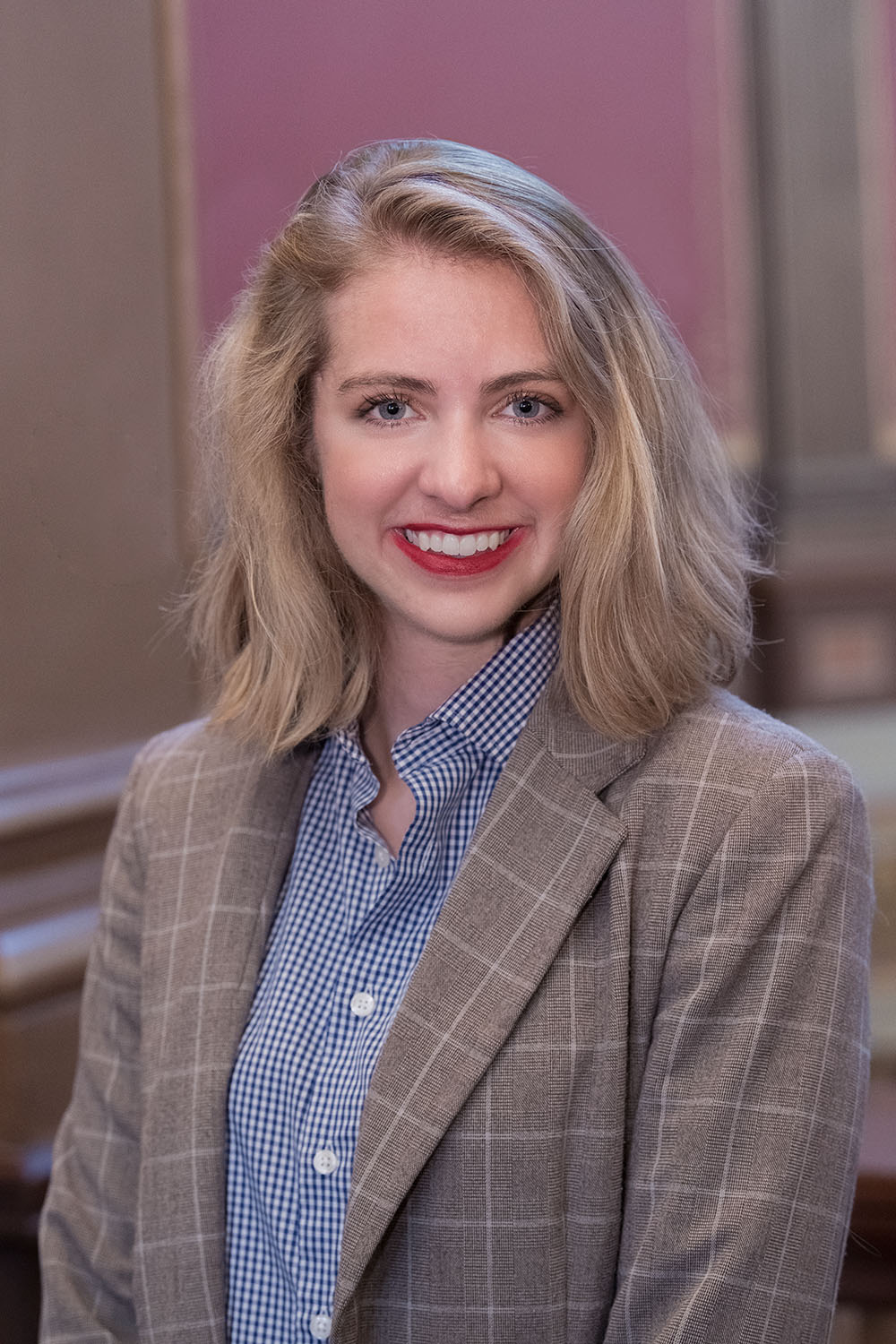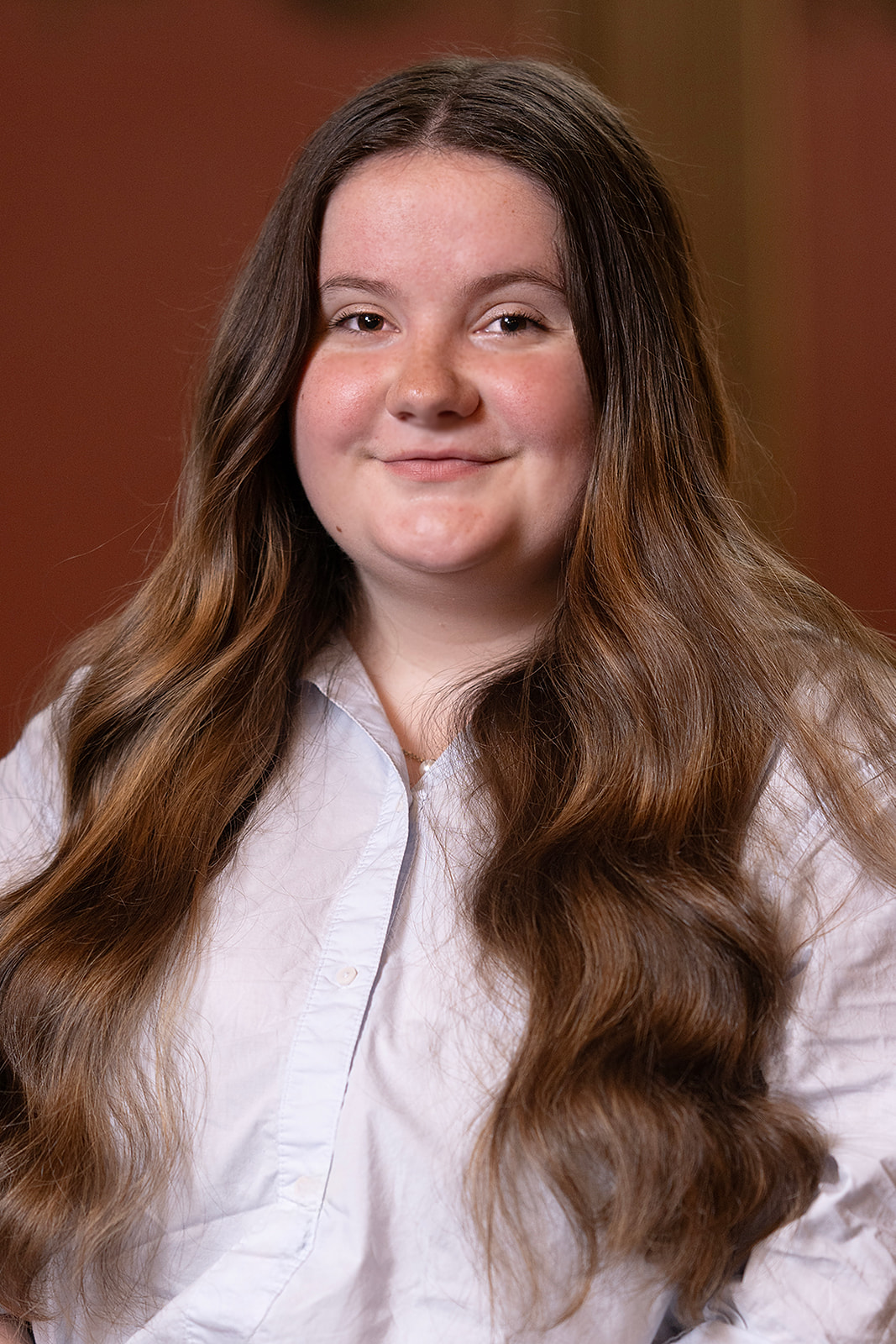

By Zachary Gorchow
President of Michigan Operations
Posted: October 10, 2017 3:36 PM
There have been two major signs in the last week that Michigan voters will get the chance to vote on a ballot proposal next year overhauling how maps for state legislative and congressional districts are drawn.
One, the group heading up the effort, Voters Not Politicians, said as of October 6 it had collected 200,000 signatures from registered voters. They need at least 315,654 to qualify, and they probably would like a 100,000-signature cushion to deal with inevitable duplicates and invalid signatures, so they are nearly halfway there.
That’s significant because signatures become stale after 180 days, so the group is nearly halfway there using 28 percent of the time available before the first signatures collected August 17 expire. If they keep going at the same rate, they should have their signatures, including a cushion, by early December. It might be tricky to keep up that pace as the weather gets worse, but it would allow them to wrap up before the winter hits, everyone dons their parkas and doesn’t want to be troubled by petition gatherers in the cold and the ink in the pens freezes.
There are plenty of high school and college football games between now and then, along with fall festivals, a fairly busy election day in November and the Detroit Thanksgiving Day parade, all ripe for signature-gathering.
Two, the Michigan Republican Party sent an email to its activists and members last week urging them not to sign the petition, labeling it a Democratic plot. The worry in that email was real and reminded me of the email Michigan Democrats sent to their activists and members about a week before the November 2016 election virtually pleading with them to return their absentee ballots, a message that proved accurate in its fears when Donald Trump carried the state by 10,000 votes and thousands of absentee ballots requested in Democratic areas were never returned.
When Voters Not Politicians launched its efforts to put a commission consisting of voters in charge of redistricting, there was a big question as to whether it could pull together the organization necessary to get its proposal on the ballot. Typically, all-volunteer petition campaigns go poorly, and it takes paid petition-gatherers to get the job done. We’ll find out October 25 when the group files its next campaign finance report if it has used any paid collectors, but the group is clearly out there collecting (update: the group's spokesperson, Walt Sorg, contacted me to say they are using an all-volunteer group with no paid collectors).
This issue has gotten some traction. I’ve been struck at how many of my friends and acquaintances, whom I would generally consider active voters who pay attention to politics but don’t live and breathe it by any means, are fired up to participate on this proposal.
Michigan Republicans are worried. The current structure, where the Legislature passes and the governor signs a bill altering the maps every 10 years, with the process thrown to the Supreme Court if the Legislature and governor cannot agree on a plan, favors them because they control the entire government and will likely still control at least some of it during the 2021 reapportionment.
The 2011 plan, which was drawn by Republican operatives, passed by the Legislature and signed by Governor Rick Snyder, favors the GOP. It’s not the insurmountable wall Democrats say it is – Democrats did win the state House and a majority of the state’s U.S. House delegation under the GOP-drawn 2001 plan – but it does make it tougher. There are definitely a number of seats out there that could be made more competitive with a few tweaks here and there, but Democrats also have struggled to win the legislative seats that already are competitive, underlining there’s more to winning and losing than the map.
There’s still a long ways to go for the Voters Not Politicians group. They have to get the signatures they need. They have to clear a review of those signatures from the Bureau of Elections. And then there almost surely will be a court battle from the proposal’s foes challenging some aspect of it.
Then, if the proposal survives a legal challenge to make the ballot, supporters will have to overcome a likely torrent of money from Republican donors paying for advertising criticizing it. They will have to hope their relatively simple message of letting the people draw the maps instead of politicians becomes the dominant theme, not the complex, multilayered structure the proposal would devise to draw the maps.
There will be plenty of time to dive into those future fights. For now, Voters Not Politicians appears to be succeeding beyond what anyone, including themselves, expected so far.




